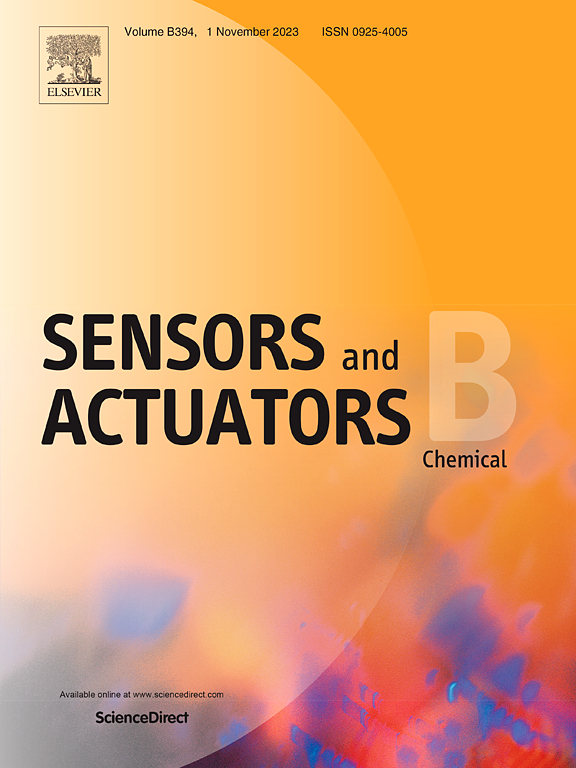基于多孔玻璃材料中电解质毛细力的电化学气体传感器的长期稳定性
IF 8
1区 化学
Q1 CHEMISTRY, ANALYTICAL
引用次数: 0
摘要
本文章由计算机程序翻译,如有差异,请以英文原文为准。
Long-term stability of electrochemical gas sensors based on capillary forces of electrolyte in porous glass material
Electrochemical gas sensors typically use liquid sulfuric acid electrolytes, prone to evaporation and leakage, degrading performance and limiting lifespan. A porous glass membrane (PGM) was infused with an aqueous sulfuric acid solution to address this. The PGM's porous structure enables capillary action, reducing the exposed surface area of the electrolyte and stabilizing its retention. This capillary-driven mechanism significantly decreases evaporation, enhancing the sensor's long-term stability. In a laminated structure, PGM is an electrolyte reservoir, while a glass microfiber filter (GMF) is a separator and electrolyte supplier. Maintaining equilibrium in electrolyte distribution between these layers ensures consistent gas reaction performance. At 60 °C and 10 ± 5 % RH, the PGM sensor demonstrated a reduced evaporation rate of 3.1 %, compared to 7.1 % for conventional sensors. This study confirms that the capillary effect of PGM effectively minimizes electrolyte evaporation, extends sensor lifespan, and ensures stable sensitivity under extreme conditions.
求助全文
通过发布文献求助,成功后即可免费获取论文全文。
去求助
来源期刊

Sensors and Actuators B: Chemical
工程技术-电化学
CiteScore
14.60
自引率
11.90%
发文量
1776
审稿时长
3.2 months
期刊介绍:
Sensors & Actuators, B: Chemical is an international journal focused on the research and development of chemical transducers. It covers chemical sensors and biosensors, chemical actuators, and analytical microsystems. The journal is interdisciplinary, aiming to publish original works showcasing substantial advancements beyond the current state of the art in these fields, with practical applicability to solving meaningful analytical problems. Review articles are accepted by invitation from an Editor of the journal.
 求助内容:
求助内容: 应助结果提醒方式:
应助结果提醒方式:


